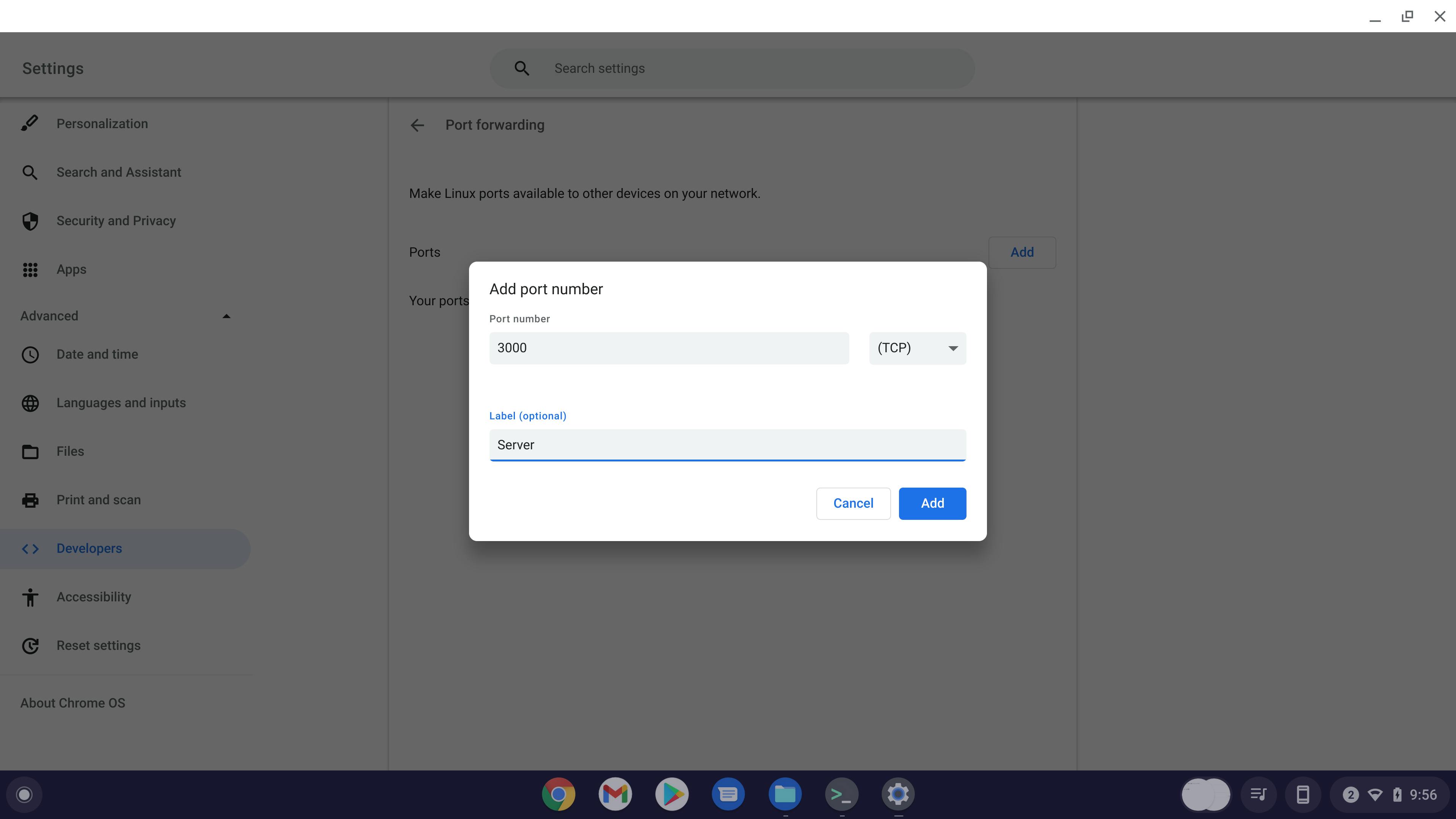

You can rent a virtual one for 3-5 Euros a month these days and do with it whatever you want. So you definitely do need some fixed point somewhere. That server has to play relay and forward your requests to your board which establishes an ssh tunnel between that server and itself as soon as it goes online. For certain you do need some additional server you have control over. Such thing is possible, but much more complex. I take from your comment that you also want to be able to take that board wherever you go and just use any connection wherever. Just use something like 50022 or whatever (on the outside!). This works, but you will see constant brute force hacking attacks against your system. Note: do not use port 22 on the outside, so do not forward port 22 to port 22. The rule has to forward all incoming requests to a specific port to your boards port 22. Then indeed you have to configure port forwarding on your home router. It has to be event driven (on connect), or you will probably be blocked by the dynamic dns service. You can not simply publish your ip every minute or so. There are some such utilities in the standard repositories. Alternatively you can use some utility installed on your boards system that is able to detect its public ip address and when that changes. So this has to be done from within your home network, typically by a feature of your router (if offered). Typically that is done by a trigger that submits the new ip address as soon as the internet connection has been established. You need to configure that dynamic dns service such that it points to the current public ip address of your home router. However you can not use a normal dns service, since that updates far too slowly. it changes with time, which is why it makes sense to use a domain name. As we noted above, be sure to repeat the process as an Outbound rule, if you want to open a port for both sending and receiving.You need to use a "dynamic dns service", since (most likely) your home ip address is not static. That’s it! The firewall rule will go into effect immediately, opening the port to traffic to (or from) your server. You will want to select Public, most likely.įinally, select whether this rule is for explicitly allowing connections on this port, or explicitly blocking connections on this port.


Select whether to apply the rule only on local (private) networks, or on public networks as well.

Type the port number your application uses, and choose TCP or UDP protocol (most applications use TCP). First, right-click “Inbound Rules” and select “New Rule…”Ĭhoose the type of rule to setup. Repeat the following steps 2 times, once for Inbound, and once for Outbound. It is often useful to create both an inbound rule and an outbound rule for your application’s port. Outbound Rules: Rules that deny or allow traffic going out to the network from the server.Inbound Rules: Rules that deny or allow traffic coming in to the server from outside.In the left-hand menu, there are two types of rules: In the left-hand menu, click “Advanced settings”.
Debian port forward utility how to#
How To Port Forward on Windows VPSįirst, open Control Panel and navigate to System & Security. In this guide we will show you how to forward a specific port on a Windows VPS or dedicated server. It includes options to open and close ports, allow specific ports and programs through the firewall, which is the equivalent of “port forwarding” on a Windows Server or Windows VPS that is not behind a NAT device. Windows Firewall is a utility included with all recent versions of Windows.


 0 kommentar(er)
0 kommentar(er)
